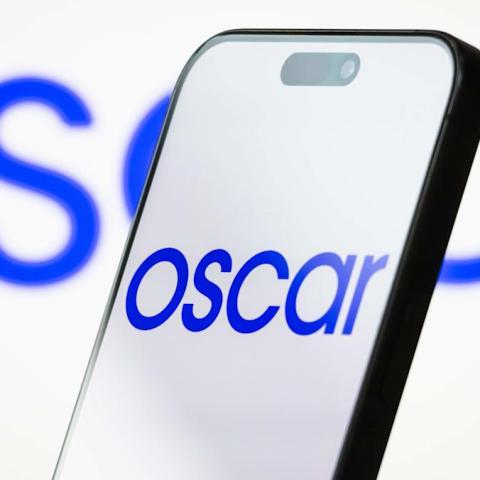Synthetic food dyes are sparking concern across the U.S. Recent studies show that about 19% of food and beverage products contain these additives. This number jumps to 28% for items targeted at children. Major brands like Heinz and General Mills are beginning to phase them out, but compliance with these changes is inconsistent among manufacturers.
Research from the University of North Carolina found that many products with synthetic dyes often have high sugar content—an average of 141% more sugar than those without dyes. This raises questions about marketing tactics, especially since colorful packaging can attract kids. Dr. Elizabeth Dunford from the George Institute highlighted a troubling trend: “The health risks associated with synthetic dyes have been known for years, yet they’re still prevalent, particularly in sweets.”
Candy brands lead the pack in using these dyes. For instance, a significant 60% of Ferrero’s products contain synthetic colors. Similarly, 79% of all sports drinks do as well.
Though the FDA has urged the industry to cut back on synthetic dyes, many companies have historically made such promises without follow-through. Experts like Dr. Thomas Galligan believe that mandatory warning labels, similar to those in the EU, could push manufacturers to reformulate their products. In fact, a new Texas law requires warning labels for certain additives, including synthetic colors.
As of now, it’s wise for parents to check labels for synthetic dyes and high sugar levels. Until regulations change, being cautious is essential for making healthier choices for kids.
Related Facts:
- In recent years, synthetic food colorings have come under scrutiny not only for health risks but also for ethical concerns regarding marketing strategies aimed at children.
- The European Union has had strict regulations on synthetic dyes since 2010, requiring warning labels on products containing these additives. This has led to a noticeable drop in their use in the EU market.
- A survey found that 85% of U.S. parents are concerned about food additives in their children’s diets, prompting calls for change in food labeling practices.
Key Statistics:
- Products with Synthetic Dyes: About 19% of all food products and 28% of those marketed to kids.
- Sugar Content: Products with synthetic dyes have, on average, 141% more sugar.
In conclusion, the push to eliminate synthetic food dyes reflects growing health awareness among consumers. While the landscape is changing slowly, individuals can take proactive steps to make informed choices. For deep dives into food safety and health, consider checking resources from the Academy of Nutrition and Dietetics or the Center for Science in the Public Interest.

:max_bytes(150000):strip_icc()/19-percent-of-US-Foods-and-Drinks-Contain-Synthetic-Dyes-FT-BLOG0725-37bb9ecf7fc34cc3a37251b76b5f40b3.jpg?w=300&resize=300,300&ssl=1)



















